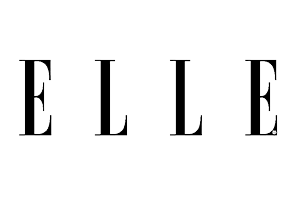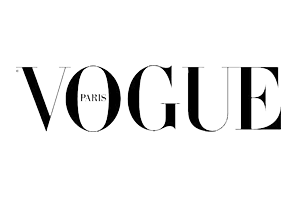Breast Reduction Benefits
May 27th, 2016 | Posted in: Breast Reduction |
The Benefits of Breast Reduction
Breast reduction surgery, or reduction mammoplasty, is a procedure that reduces the size of the breast by reducing fat, glandular tissue, and excess skin. Sometimes liposuction is used to remove fat from the underarm area.
Aside from any aesthetic reasons you may have for wanting to reduce the size of your breasts, there are some health benefits associated with this popular reconstructive procedure as well.
Breast Reduction Candidates
This procedure is usually used as treatment for women whose breasts are disproportionately large for their frame, creating a sagging, “pendulum” like appearance, leaving indents in the shoulders from weight-laden bra straps, and putting strain on the breast tissue from the excess weight. This strain often leads to neck, shoulder, and back pain, as well as skin irritation, breathing problems, or even deformation of the skeletal structure due to the chronic hunched posture caused by overly heavy breasts.
However, a breast reduction is also an option for women who simply want to decrease the size of their breasts for aesthetic or non-health related functional purposes, such as participating in sports, especially high impact activities, or achieving a more attractive fit from their clothing.
The best candidates for breast reduction surgery are in good health and don’t smoke. Breast reductions aren’t usually performed until the breasts are fully developed, but in some rare cases the procedure may be performed earlier to relieve extreme health issues.
Breast Reduction: The Procedure
While the nipples typically stay connected to the nerves and blood vessels, in more extreme cases the nipple may have to be removed completely in order to be repositioned on the breast, resulting in a loss of sensation in the nipple and areola (the darker toned skin around the nipple) and a loss of the ability to lactate. Incisions and the resulting scar are typically made under the areola in a straight line down to the bottom of the breast and underneath in the inframammary fold. There are treatment options available to decrease the scar’s visibility.
In cases that require less reduction, just liposuction to remove fat tissue in the breast may be an option instead of a more invasive procedure. The removal of breast tissue makes the breast smaller, firmer, and more desirably shaped, and often leads to a smaller areola, but this technique does not address excess skin or sagging of the breast.
A breast reduction surgery typically takes three to four hours, but can sometimes take longer. Your doctor can provide you with an estimate for your particular procedure. Patients are asleep during the procedure, which uses general anesthesia.
Breast Reduction: Recovery
After surgery, incisions are covered in dressings, which may be removed one to two days after surgery, and the patient will need to wear a surgical bra (worn over the bandages) for several weeks to provide the breasts support as the tissue heals. Your surgeon will be able to tell you when you can stop wearing your support garment.
Patients are given a prescription for a pain medication to help alleviate discomfort, but some discomfort is expected for the first couple of days to a week or more, especially when moving or coughing. Pain may also occur during the first menstruation following surgery as the breasts swell, or at seemingly random times within the first few months following the procedure. Some loss of sensation in the area is also expected during the first few weeks after surgery, but this typically comes back after about six weeks. Some patients experience this for up to a year, and a few rare patients have this decreased sensitivity permanently.
Incisions and stitches should be kept dry, but moisturizer can be applied to the breast skin away from the sutures if the breast skin is dry. Make sure you understand what steps you need to take to ensure the best possible recovery before your surgery.
Breast Reduction: Your Procedure
For patients undergoing reduction mammoplasty for health reasons, insurance is may be able to cover the procedure. While this is less often true for those undergoing a breast reduction for other reasons, some insurance plans do cover breast reductions for health related purposes. Contact our offices or your insurance company to see what your insurance policy covers.
If you want smaller, shapelier breasts, don’t wait. Dr. Gabriel Chiu is an experienced surgeon who has operated on satisfied customers all around the Los Angeles area.
Contact Beverly Hills Plastic Surgery, Inc. today to schedule your consultation and find out what Dr. Chiu can do for you.









































